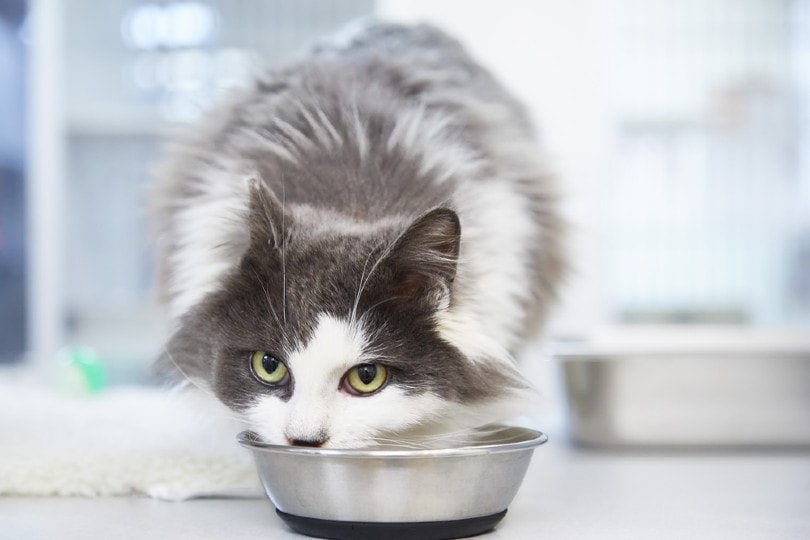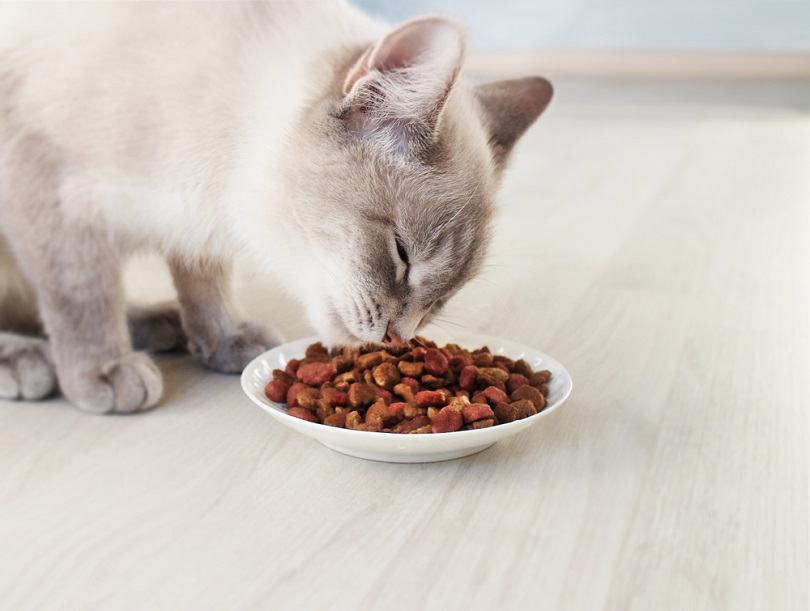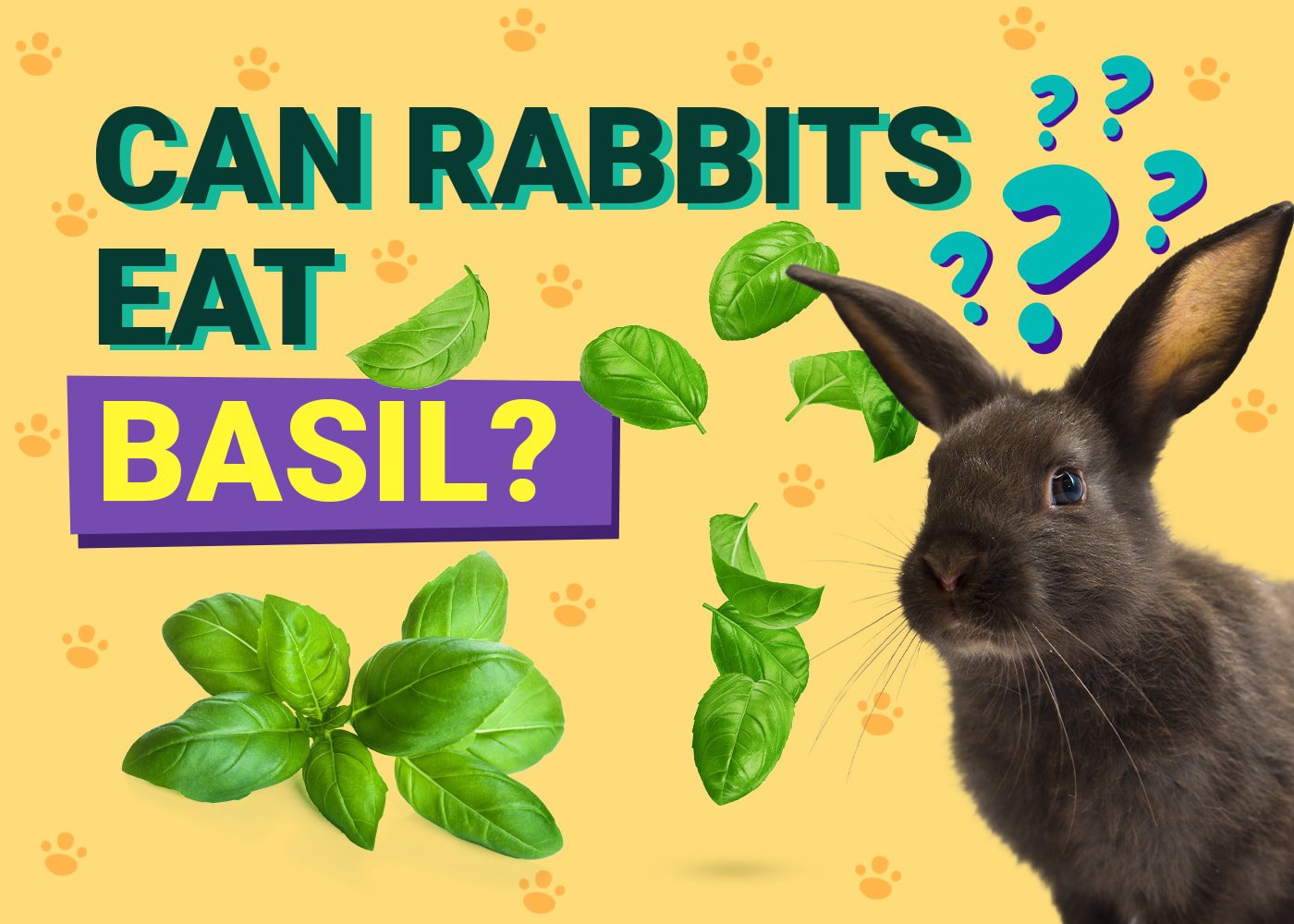VET APPROVED

The information is current and up-to-date in accordance with the latest veterinarian research.
Learn more »Click to Skip Ahead
While a properly balanced diet should provide your cat with all the vitamins and minerals they need, there are some deficiencies that cats may experience due to an improper diet or a medical condition. A deficiency means that the cat does not have enough of a single nutrient to maintain their body functions and good health.
Thiamine deficiency can cause serious neurological issues in cats, so it’s extremely important to ensure your cat gets enough of it. One way to boost thiamine intake is to supplement your cat’s diet with foods rich in thiamine.

The 5 Foods That Are High in Thiamine for Cats
1. Brewer’s Yeast
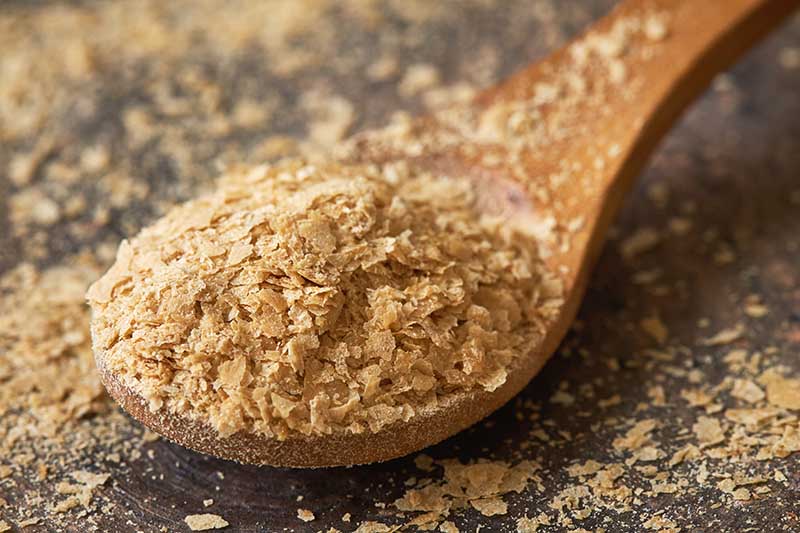
Brewer’s yeast can be offered to cats as a supplement to their daily diet, and it’s high in thiamine, containing 11.85 milligrams per ¼ cup. Considering that cats require about 0.33 milligrams of thiamine per day, just a tiny sprinkle of brewer’s yeast is enough. Brewer’s yeast is also low in calories and high in multiple B vitamins other than thiamine. It’s available from many sources as a dietary supplement, so you shouldn’t have any difficulty finding it, and it can be a very affordable supplement as well.
2. Beef
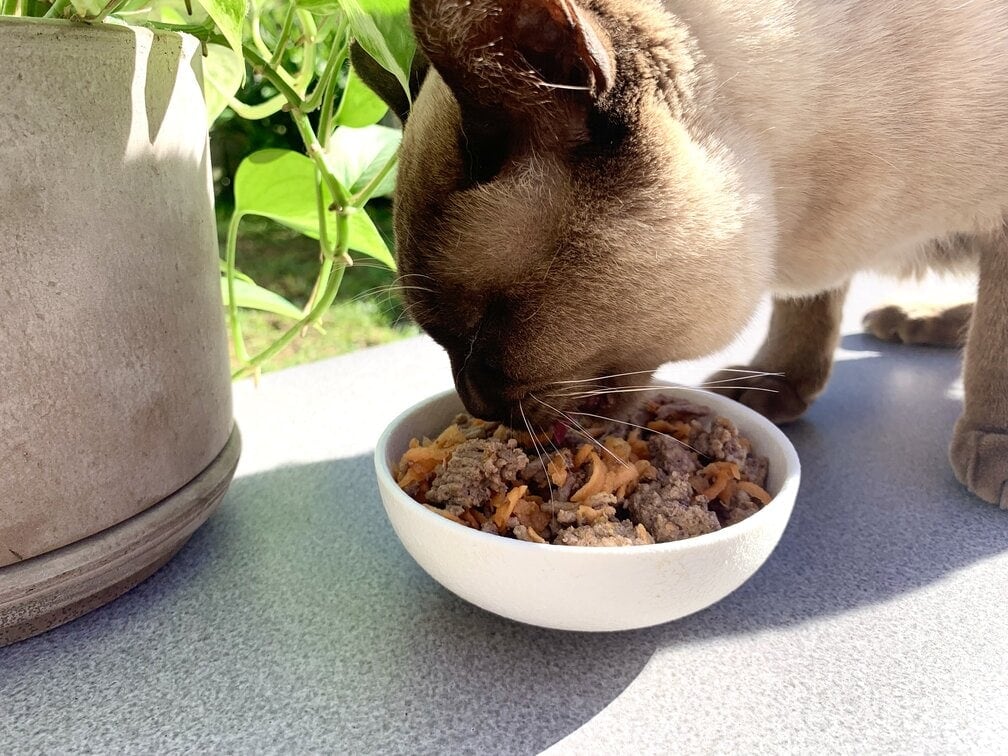
Beef is a great source of thiamine from organ or muscle meat. It’s also widely available in commercially made cat foods and can be quite affordable.
Beef is highly palatable to cats, so it’s often easy to get even picky cats to eat a bit of it. Beef muscle meat contains 0.043 milligrams of thiamine per 100 grams, or about 0.01 milligrams per ounce, while organ meats vary but tend to be more thiamine rich than muscle meats.
3. Pork
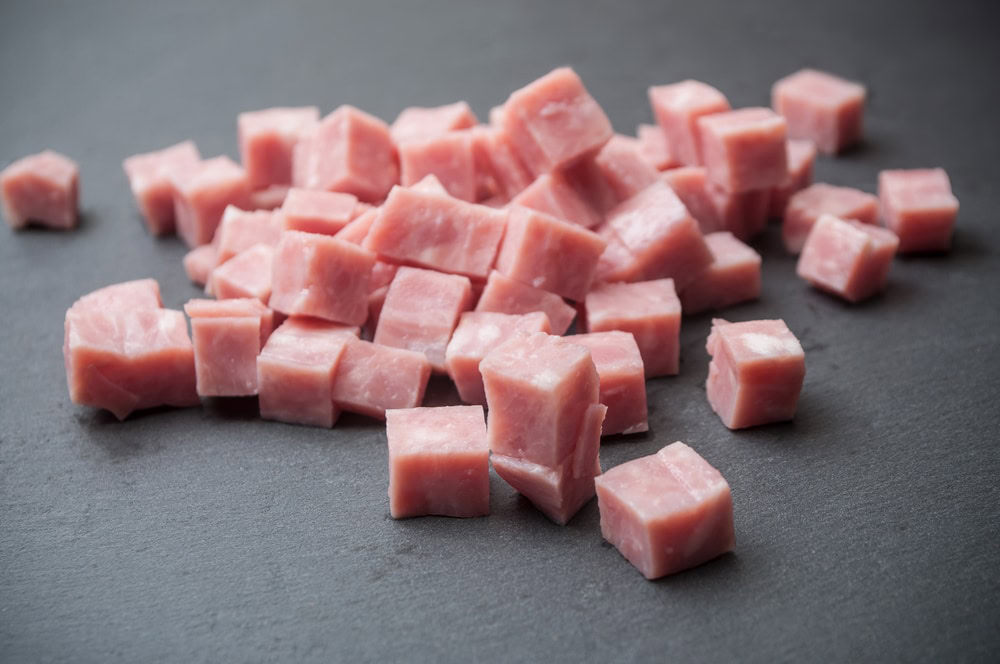
Pork is another good source of thiamine from both organ and muscle meats. Pork also isn’t a common food allergen for cats since it is a novel protein for many cats, making pork a great option for cats with food sensitivities.
Pork muscle meat contains around 0.73 milligrams of thiamine per ounce, with organ meats containing even higher quantities. Pork is widely available and typically inexpensive, as well as being palatable to most cats.
4. Liver

Liver from any mammal is an excellent source of thiamine. Pork, beef, chicken, and lamb liver are all generally easy to acquire, especially if there is a butcher near you. It also tends to be very affordable.
Liver is the highest source of thiamine out of all organ and muscle meats, typically ranging somewhere between 0.18 to 0.38 milligrams per 100 grams of liver meat. Liver is also an excellent source of iron, protein, copper, folate, and vitamin B12.
5. Chicken Heart
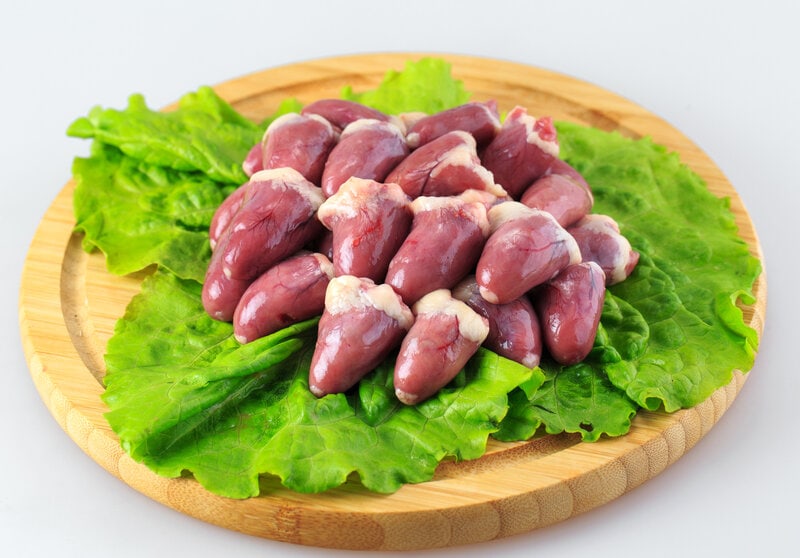
Chicken hearts are great ingredients for cats. Since most people do not consume chicken hearts, they are usually affordable and readily available. With 0.152 mg of thiamine per 100 grams, these might be just the right supplement to top up your cat’s meals and provide a thiamine boost.

What Causes Thiamine Deficiencies?
While thiamine is naturally present in many ingredients that go into cat food, it is a nutrient that can be easily damaged by some cooking techniques. This often leads to deficiencies within foods, and it’s not wholly uncommon to hear about food recalls due to low thiamine levels.
These deficiencies within foods have led to some cats experiencing a thiamine deficiency. There are also some foods that contain a chemical called thiaminase, which inactivates thiamine. This includes raw fish, raw shellfish, tannins, rice bran, and raw meats preserved with sulfur dioxide.
Medical conditions can also lead to a thiamine deficiency in cats. Any disease that causes malabsorption of nutrients or malnutrition can lead to a thiamine deficiency. Poor appetite and anorexia, diuresis, and major surgeries that have removed a large portion of the jejunum and ileum from the digestive tract can also all lead to thiamine deficiencies.
If you have questions about your cat’s overall nutrition and potential deficiencies, we recommend speaking to a veterinarian.
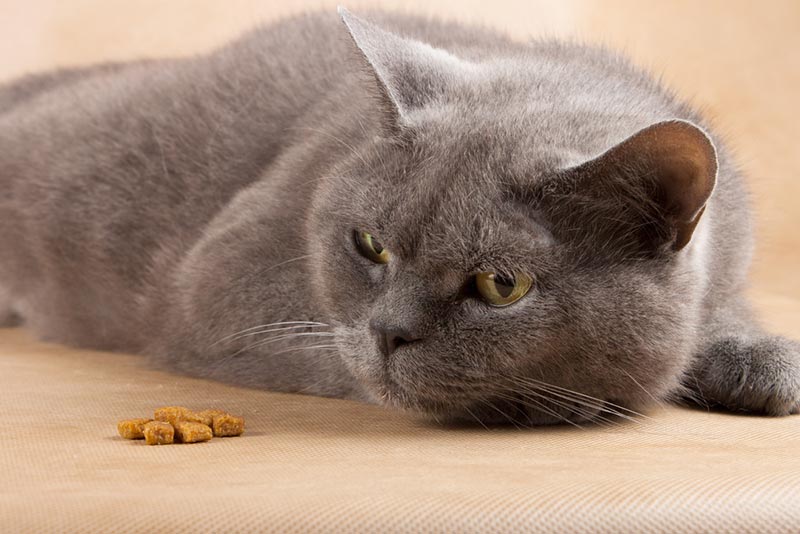
Signs of Thiamine Deficiency in Cats
- Anorexia
- Depression and lethargy
- Inhibited or stunted growth
- Nausea and vomiting
- Hair loss
- Wide-based hind limb stance
- Kyphosis, also known as a hunched upper back
- Ataxia, also known as poor muscle control of voluntary body movements, including walking and balance, swallowing, eye movements, and coordination
- Chastek paralysis, also known as progressive spastic paraparesis
- Seizures
- Abnormally dilated pupils
- Coma
- Difficulty holding the head up
- Tremors
- Visual disturbances

Conclusion
Thiamine deficiency isn’t overly common in cats, but it’s also not rare. Any new onset of neurological signs should immediately be evaluated by a veterinarian. Thiamine deficiency can mimic a variety of medical conditions and toxin exposures, so a vet visit is extremely important to determine the cause of the signs and immediately begin helping your cat get well.
See also:
Featured Image Credit: Jaromir Chalabala, Shutterstock
